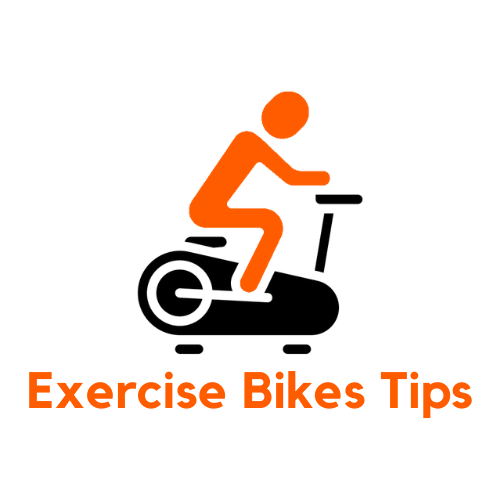How to make exercise bike seat more comfortable? Exercise bikes or stationary bikes are a popular choice for indoor cardio workouts. They provide a convenient way to get your heart pumping and burn calories without leaving the comfort of your home. However, one common complaint among users is the discomfort caused by the bike seat.
Extended periods of sitting on a hard, narrow seat can lead to pain and numbness, deterring some individuals from enjoying their exercise routine.
Fortunately, there are several ways to make your exercise bike seat more comfortable, allowing you to focus on your workout and achieve your fitness goals without unnecessary discomfort, so if you ever asked yourself: “Why is my stationary bike seat uncomfortable?” we are here to help.

Adjusting the seat height and position
Proper stationary bike saddle seat adjustment is essential for ensuring comfort while cycling. Start by adjusting the stationary bike seat height to ensure that your legs are at a slight bend when the pedals are at their lowest point.
This position prevents strain on your knees and helps distribute your weight more evenly.
Additionally, consider adjusting the horizontal position of the seat. Experiment with moving it forward or backward to find a position that supports your body’s natural alignment and minimizes pressure points.
Using a seat cover or cushion
Adding a gel seat cover, padded cover, or cushion to your exercise bike seat is an effective way to increase comfort. Gel seat covers are designed to provide extra padding and reduce pressure on sensitive areas, whether cycling indoors or cycling outdoors.
They conform to your body shape and distribute weight more evenly, reducing discomfort during long workouts. Look for a seat cover or cushion that is specifically designed for exercise bikes to ensure a proper fit and optimal support.
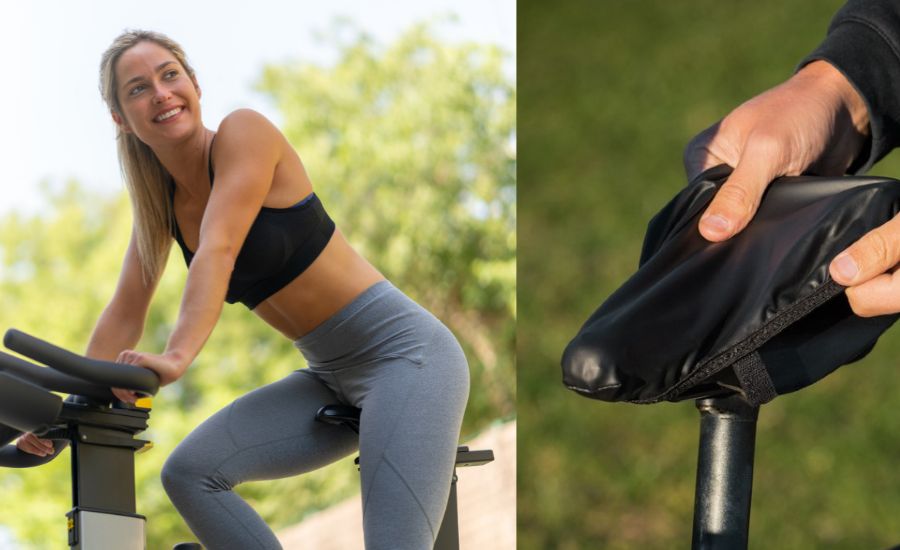
Investing in a quality bicycle seat
If you find that the stock bike saddle seat on your exercise bike is consistently uncomfortable, it might be worth considering investing in a higher-quality stationary bike seat. Many manufacturers offer replacement stationary bike seats that are designed with enhanced comfort in mind.
Look for seats with ample padding and ergonomic designs that provide support to the sit bones. These seats often have a wider and more contoured shape, allowing for better weight distribution and reducing pressure points.
Wearing padded shorts
Cycling shorts with built-in padding can significantly improve comfort during your workout. The padded inserts, often made of foam or gel, provide extra cushioning and reduce friction between your body and the seat. You can use them with a mountain bike, recumbent exercise bike, spin bike, or whatever you wish.
They also help absorb shock and vibrations, minimizing discomfort in the inner thighs caused by uneven terrain or high-intensity workouts. Invest in a pair of well-fitting cycling shorts that provide adequate padding and moisture-wicking properties for maximum comfort.
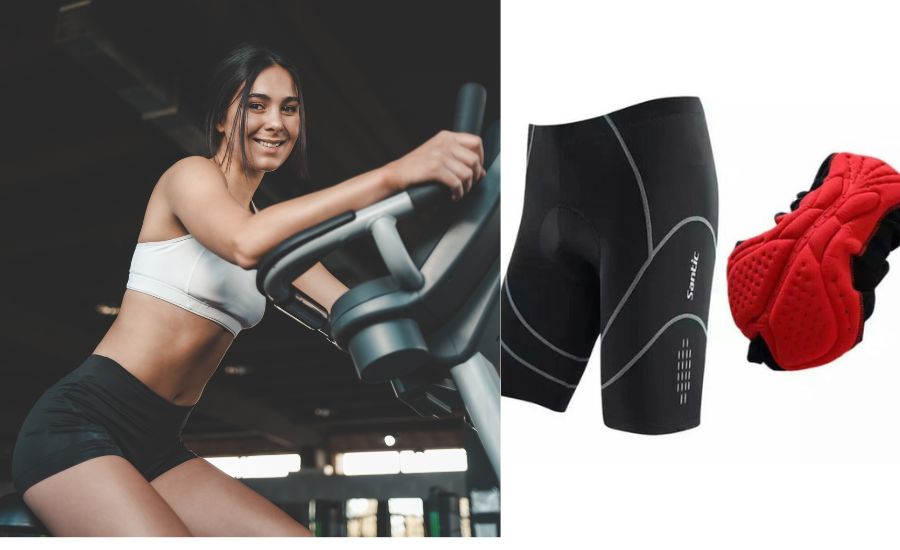
Using a towel
If you don’t have access to a gel seat cover or cushion, a simple towel can be a temporary solution to make your stationary bike seat more comfortable.
Fold a towel on the seat to add extra padding and reduce pressure points in the inner thighs.
Adjust the thickness and position until you find a setup that suits your needs. While this method may not offer the same level of support as specialized seat covers or cushions, it can still provide temporary relief during your workouts.
Engaging in regular breaks
Regardless of how comfortable your exercise bike seat is, prolonged sitting can still lead to discomfort. To alleviate this, incorporate regular breaks and position changes into your workout routine.
Stand up and stretch every 15–20 minutes to relieve pressure on your sit bones and allow blood flow to circulate. During these breaks, you can also adjust the position of the seat or experiment with different sitting angles to find the most comfortable position for you.
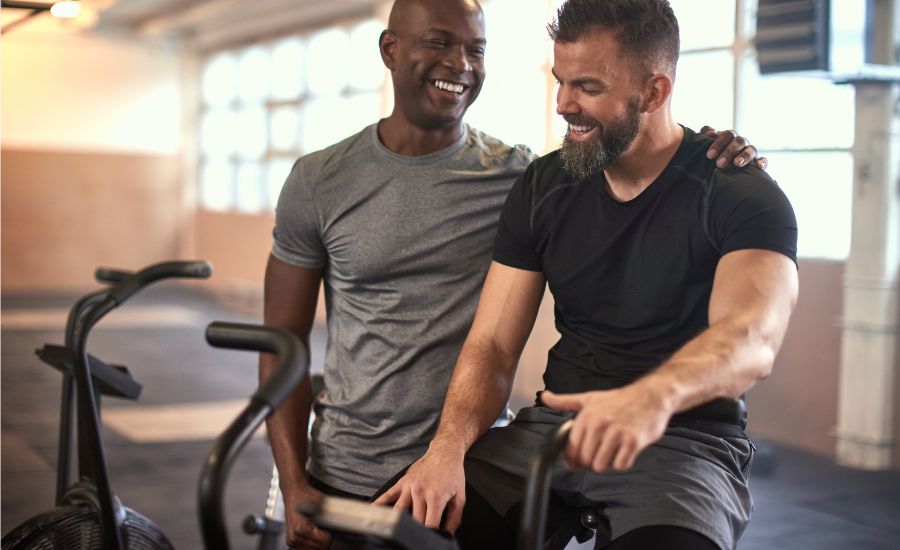
Ensuring proper bike fit
Proper bike fit is crucial for comfort and overall cycling performance. Ensure that your exercise bike is set up correctly to minimize any discomfort and make your bike seat more comfortable. Adjust the handlebars to a height and distance that allow for comfortable reach.
Improper handlebar positioning can place excessive strain on your upper body and can lead to inner thigh chafing. If needed, consult the bike’s user manual or seek professional assistance to ensure your exercise bike is properly adjusted.
Gradually increasing workout duration
If you’re new to cycling or haven’t been regularly exercising, it’s important to gradually increase the duration of your workouts. Starting with shorter sessions allows your body to adapt to the exercise bike seat and reduces the likelihood of discomfort.
Over time, as your body adjusts and becomes more accustomed to the seat, you can gradually increase the duration of your workouts. This approach gives your muscles and bones time to acclimate, minimizing discomfort and maximizing your overall enjoyment.

Trying different riding positions
If your exercise bike seat hurts, experimenting with different riding positions can help alleviate discomfort in bike seats and find a posture that works best for you.
Some individuals find relief by briefly lifting themselves off the bike seats while keeping their legs moving, known as “hovering.”
Others prefer shifting their weight slightly from side to side during their workout.
These movements can help relieve pressure on specific areas and distribute your weight more evenly, reducing the risk of discomfort.
Keeping the bike seat clean and dry
Maintaining a clean and dry bike seat is essential for long-term comfort and hygiene. Sweat and moisture can accumulate on the seat, leading to discomfort and potential skin irritations.
After each workout, wipe down the seat with a clean cloth to remove any moisture or sweat. If necessary, consider using a mild detergent to thoroughly clean the saddle seat.
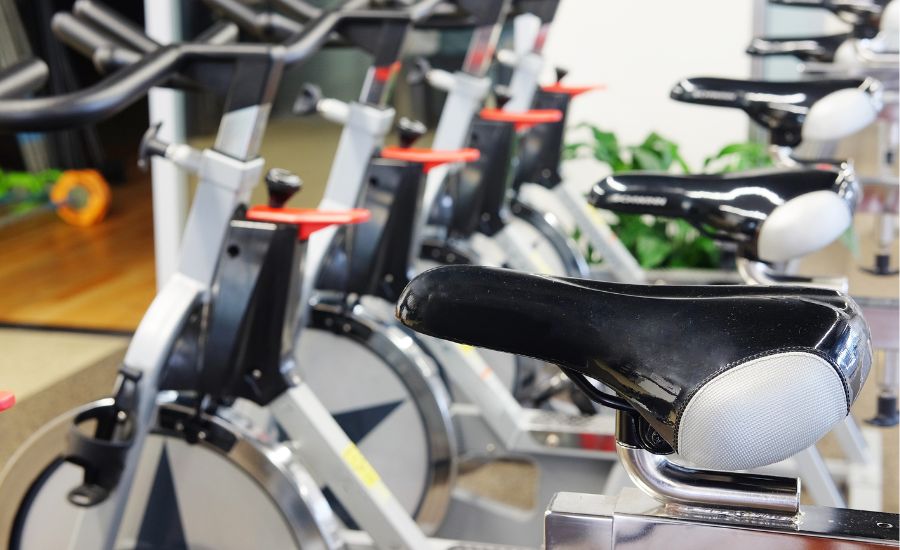
Listening to your body
Ultimately, the most important aspect of making your exercise bike seat more comfortable is listening to your body. Pay attention to any signs of discomfort or pain and make adjustments accordingly. Everyone’s body is unique, so what works for one person may not work for another.
If you have an uncomfortable bike seat, be open to experimenting with different strategies and find what works best for you.
Maintaining good posture
Maintaining a good posture while cycling can significantly improve comfort and prevent unnecessary strain on your body. Keep your back straight, and shoulders relaxed, and engage your core muscles for stability and support.
Why spin bike seat hurts
When it comes to a spin bike seat, comfort is paramount to enjoying a satisfying workout.
However, many individuals experience discomfort with their spin bike seat, which can be a significant hindrance to their spinning sessions.
A spinning bike seat is typically designed with a narrower profile to allow for more freedom of movement during intense cycling workouts.
While this design of a spin bike feature has its advantages, it can also lead to discomfort and pain, particularly for individuals with a wider hip structure or those who are not accustomed to the bike seat’s specific shape.
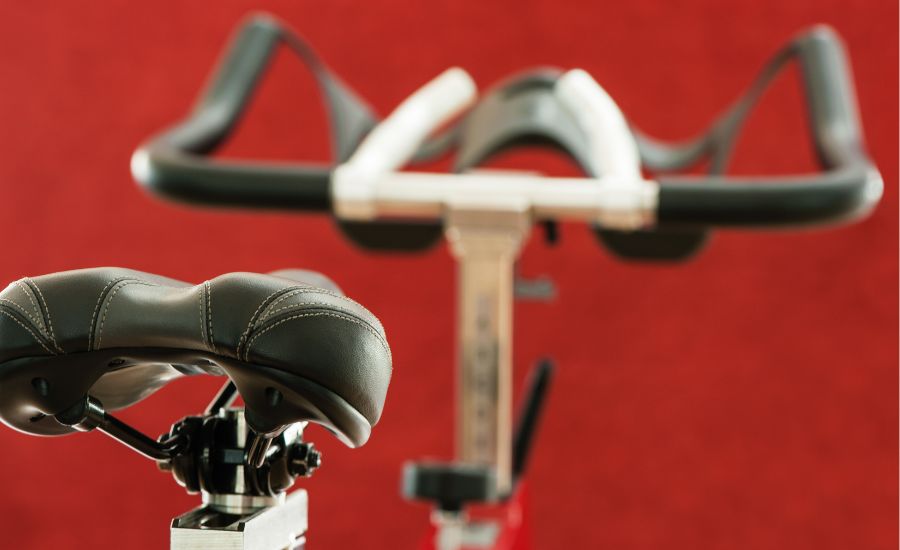
FAQ
Here are answers to some popular questions about uncomfortable bike seats.
Why is my exercise bike seat so uncomfortable?
The discomfort experienced with a seat can be attributed to several factors. Firstly, the seat’s design and construction may not adequately cater to individual body shapes and sizes. Different people have varying anatomical structures, and a one-size-fits-all seat may not provide optimal comfort for everyone.
If you wonder, why is your bike seat uncomfortable, the lack of sufficient padding or cushioning in the seat can lead to discomfort, especially during extended workout sessions. The pressure exerted on the sit bones and soft tissues can cause pain, numbness, or even chafing.
Finally, improper seat adjustments, such as incorrect height or positioning, can contribute to discomfort by placing unnecessary strain on joints and muscles.
Can you change the seat on a stationary bike?
In most cases, it is possible to change the seat on a stationary bike. However, the ease of doing so may vary depending on the specific model and design of the bike. Many exercise bikes feature seats that can be replaced with aftermarket options.
These replacement seats are often designed to provide enhanced comfort and support.
It is recommended to consult the user manual or contact the manufacturer to inquire about the possibility of seat replacement for your specific exercise bike model. They can guide compatible replacement seats and any necessary instructions or tools required for the process.
How can I make my bike seat less painful?
There are several strategies you can try if your stationary bike seat hurts:
Adjust the seat: Ensure that the seat height and position are correctly set for your body. Experiment with different positions to find one that distributes your weight evenly and minimizes pressure points.
Use padded shorts: Invest in a pair of padded cycling shorts. The built-in padding provides extra cushioning and helps reduce friction between your body and the seat.
Consider a seat cover or cushion: Use a gel seat cover or cushion designed specifically for exercise bike seats. These accessories provide additional padding and distribute pressure more evenly.
Take breaks: During longer rides, take regular breaks to stand up, stretch, and relieve pressure on your sit bones. This allows for better blood circulation and reduces the likelihood of discomfort.
Try different riding positions: Experiment with slight shifts in your riding position. You can briefly lift yourself off the seat while keeping your legs moving, or shift your weight from side to side to reduce pressure on specific areas.
Maintain good posture: Focus on maintaining proper posture while cycling. Keep your back straight, shoulders relaxed, and engage your core muscles.
Gradually increase workout duration: If you’re new to cycling or haven’t been regularly exercising, gradually increase the duration of your workouts.
Conclusion
While exercise bike seats may initially cause discomfort, there are numerous strategies to make them more comfortable.
By adjusting the seat height and position, using gel seat covers or cushions, investing in a quality seat, wearing padded cycling shorts, or employing towels or cushions, you can make exercise bike seat much more comfortable.
Additionally, taking regular breaks, ensuring proper bike fit, maintaining good posture, gradually increasing workout duration, trying different riding positions, keeping the seat clean and dry, and listening to your body are all important factors in creating a more comfortable riding experience.
By implementing these suggestions, you can minimize discomfort and fully enjoy your indoor cycling workouts.
